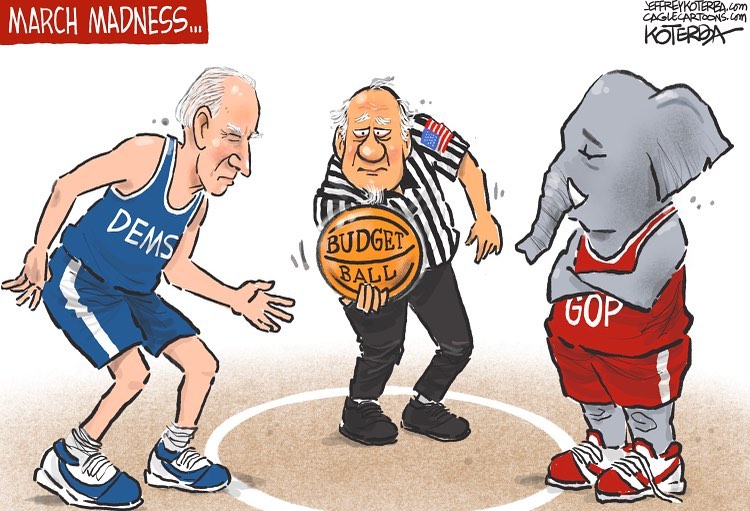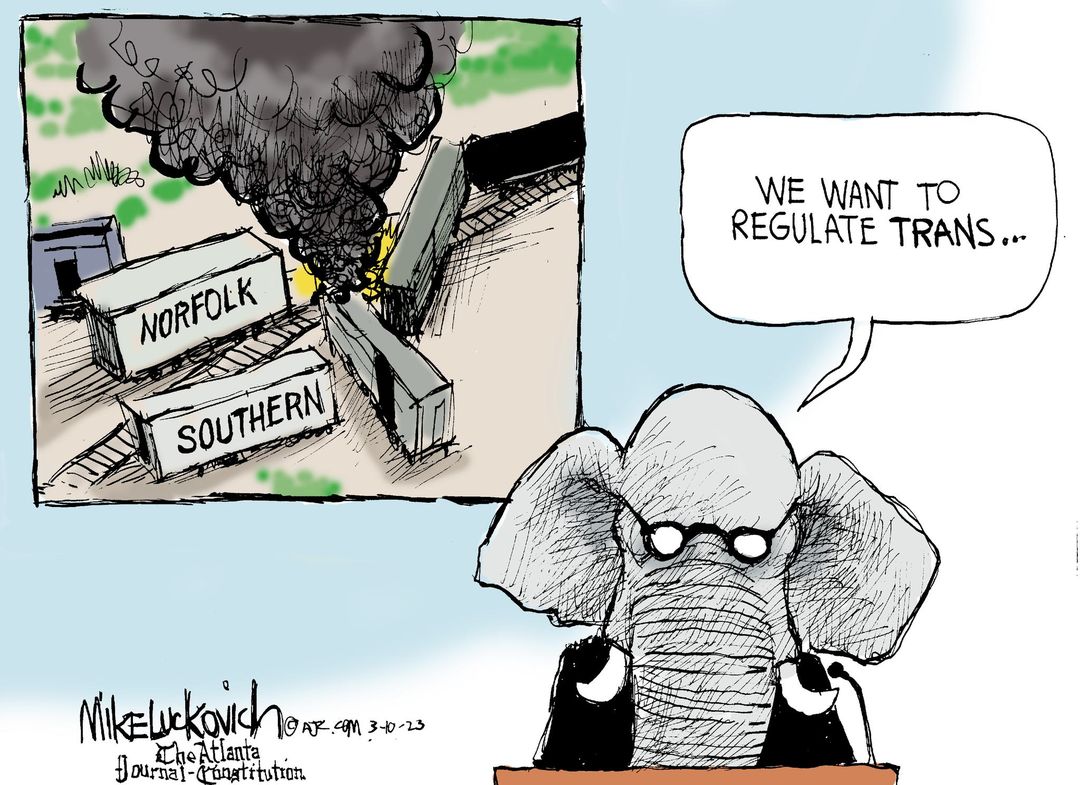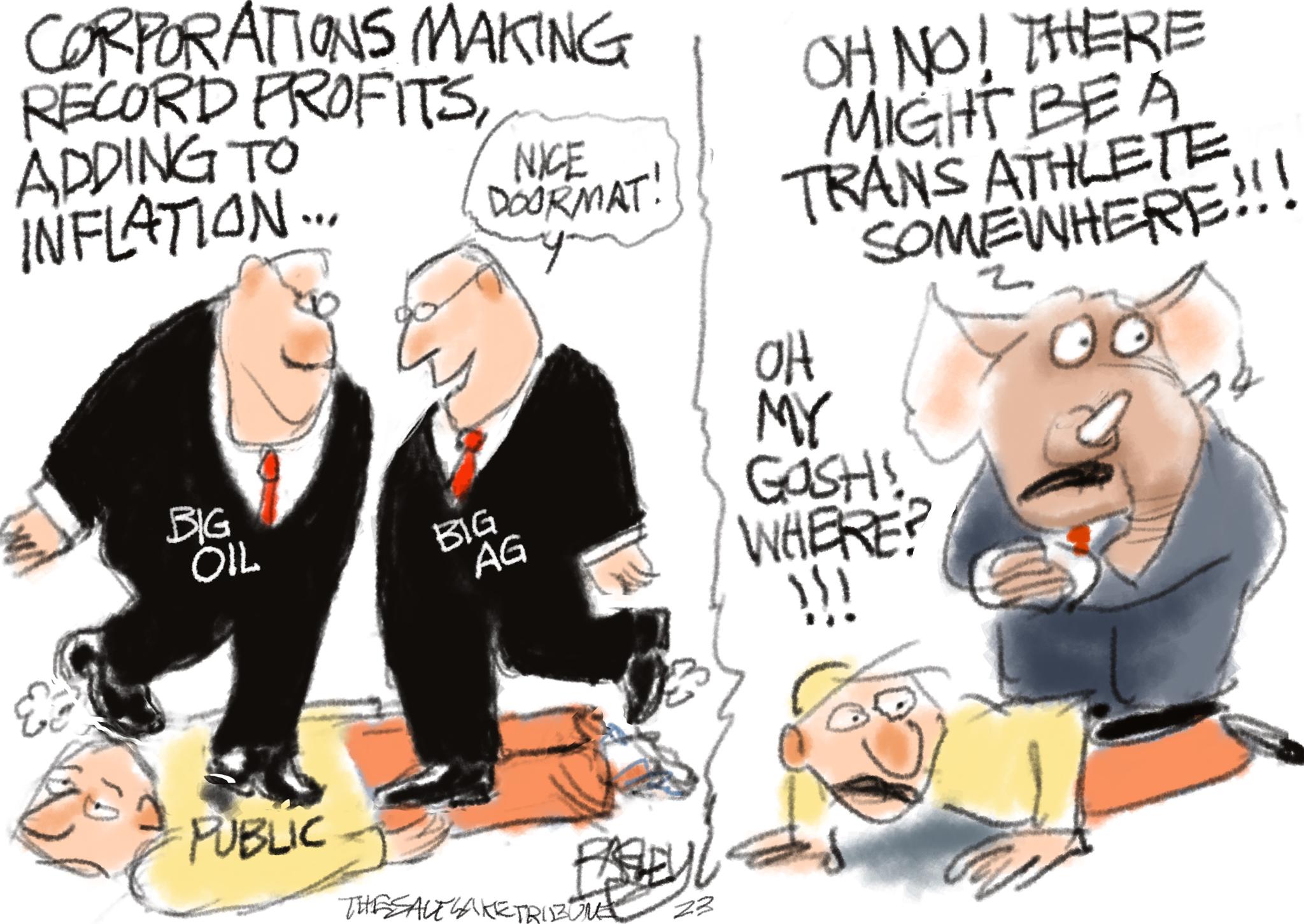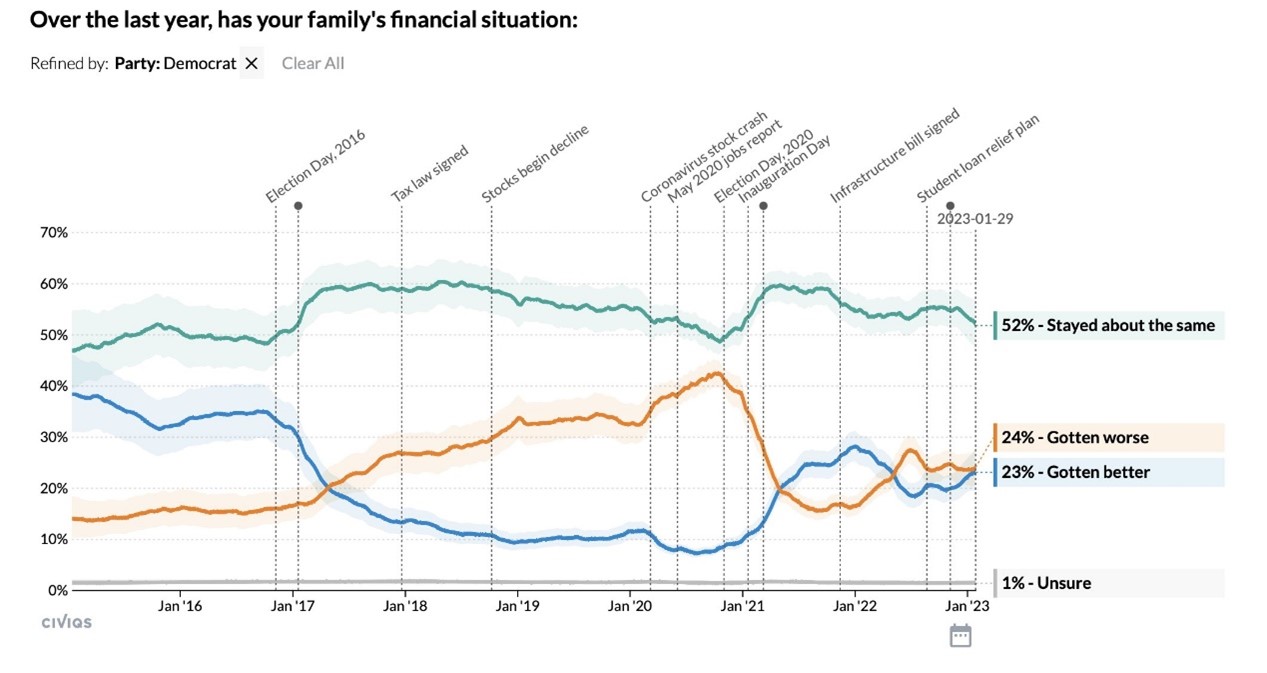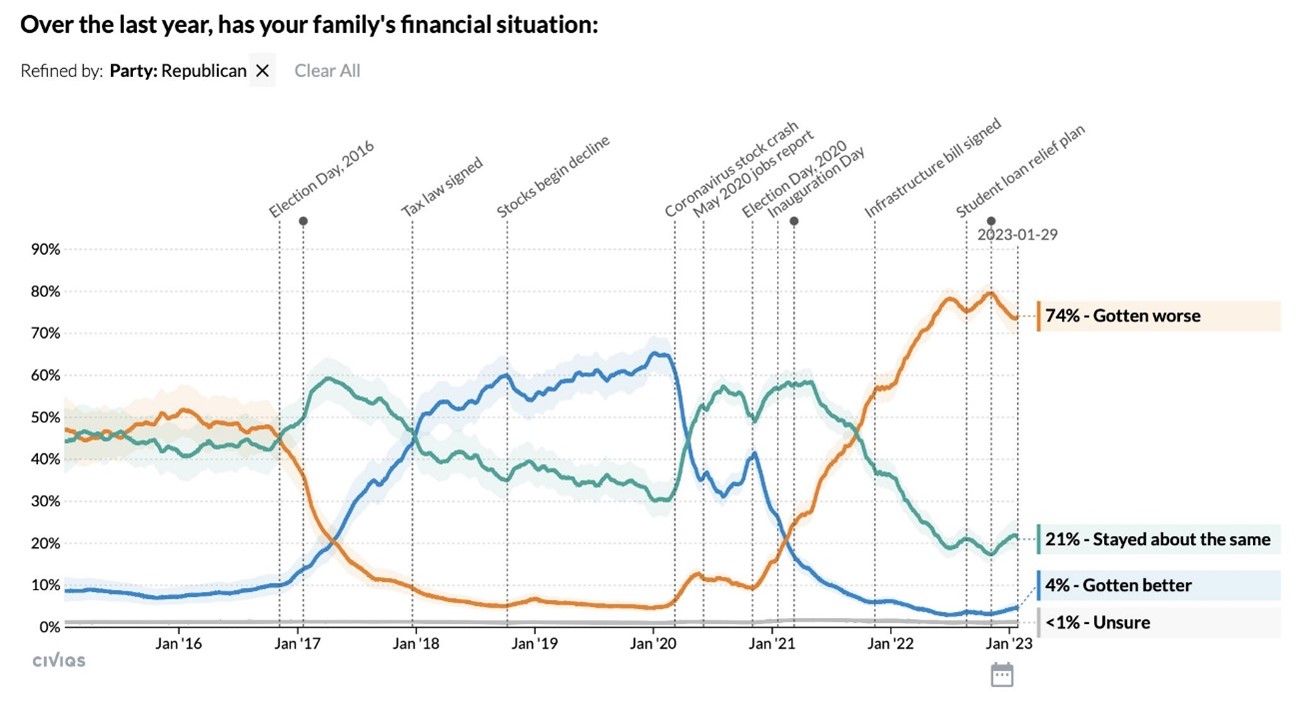The Daily Escape:

Just when you thought it was only a meme: The beer is tasty – April 2023 iPhone photo by Wrongo. You may not know that there is a “Florida Man Birthday Challenge” web site. (Hat tip to Amy DeP-O). Wrongo is born in December. Of the many December Florida man entries, Wrongo’s favorite is: “Florida Man says aliens have landed, burns down house stocked with flamethrowers and ammo.”
It was a rental property…
We’ve been here in the land of the anti-woke for a few days. No one in our family openly talks politics, so we just enjoy the fabulous food. But you’re aware that Trump was indicted by the NYC DA. You have probably heard that Trump said:
“Manhattan DA Alvin Bragg, who was handpicked and funded by George Soros, is a disgrace.”
That led to some research. But it’s no secret. The NYT reported that Soros has put money behind electing reform-minded prosecutors like Philadelphia’s Larry Krasner and Manhattan’s Alvin Bragg. But he doesn’t fund them directly. His foundation donates to organizations that do field work like Color for Change. This isn’t any different from the right-wing billionaires who support right-wing organizations, issues and candidates.
So, when critics of Alvin Bragg say that he is backed by Soros, it should be similar to when critics say Republican politicians are backed by the Koch Brothers or the late Sheldon Adelson.
But bringing up George Soros feels different. The reason for vilifying Soros is rarely spelled out. You get general descriptors, like he’s a “globalist.” Of course, Soros IS Jewish, and the charge that rich Jews try to control the world for their own mysterious and nefarious reasons is an old and dangerous trope on the right. But Sheldon Adelson, who backed many Right-wing Republicans, including Trump was also Jewish.
Some say that people who mention Soros are anti-Semitic, and some probably are. Yes, he’s indirectly funded Bragg, but is Bragg doing something that wouldn’t have happened anyway? How exactly is Soros pulling Bragg’s strings? And why is Soros in more control of politicians he donates to than are donors on the right?
There’s zero indication that Bragg is bucking popular opinion to do the bidding of a Jewish billionaire, which is something you can’t say about many, many NRA-backed politicians.
The thing that impresses Wrongo the most is that while George Soros isn’t small potatoes on the billionaire list, the right-wing thinks he’s able to pay off millions of people, start revolutions, and influence deep states in dozens of countries without going broke.
Virtually every Republican politician has stood up for Trump, saying he’s the victim of a political witch hunt. Ron Brownstein lays out the Republican’s dilemma:
“The dilemma for the Republican Party is that Donald Trump’s mounting legal troubles may be simultaneously strengthening him as a candidate for the…presidential nomination and weakening him as a potential general-election nominee.”
It’s going to get worse for the GOP, since it’s highly likely that this is only the beginning of Trump’s legal troubles. There are possible charges from Fulton County, Georgia’s District Attorney Fani Willis. She has been examining Trump’s effort to overturn the 2020 election results in her state. There are also the twin federal probes led by Special Counsel Jack Smith into Trump’s mishandling of classified documents and his role in the Jan. 6 effort to block Congress’s certification of the 2020 presidential election.
So, while Trump may lock up the primaries without difficulty, the recent NPR/PBS Newshour/Marist survey shows that 61% of Americans—including 64% of independents and 70% of college-educated white adults—said they did not want him to be president again.
That result was similar to the latest Quinnipiac University national poll, which found that 60% of Americans do not support Trump’s “Make America Great Again” movement.
The challenge for the GOP is that about 80% of Republicans said they consider themselves part of the MAGA movement, and about 75% say they want him back in the White House. That means he will be the nominee, but not the next president.
Brownstein quotes Bryan Bennett, director of polling and analytics for the Democratic polling consortium that conducts the Navigator surveys:
“For the GOP to bet that Trump could overcome swing-voter revulsion over his legal troubles and win a general election by mobilizing even more of his base voters….seems to me the highest risk proposition that I can imagine.”
Time to wake up America! There’s nothing to be gained by letting the media, the GOP or Trump spin you up with irrelevant issues. Soros is just another wealthy white guy who wants to see change he can believe in.
To help you wake up, watch and listen to Larkin Poe cover a Son House tune, “Preaching Blues”. Eddie House was a troubled man. He grappled for years with the seeming incompatibility between his growing love of the blues and his teenage desire to be a Baptist preacher:
Sample Lyric:
I’m gonna get me some religion
I’m gonna join the Baptist church
I’m gonna get me some religion
I’m gonna join the Baptist church
Gonna be a preacher
So I don’t have to work


 Wildflower bloom, Peridot Mesa on the San Carlos Reservation, AZ – March, 2023 photo by
Wildflower bloom, Peridot Mesa on the San Carlos Reservation, AZ – March, 2023 photo by 
